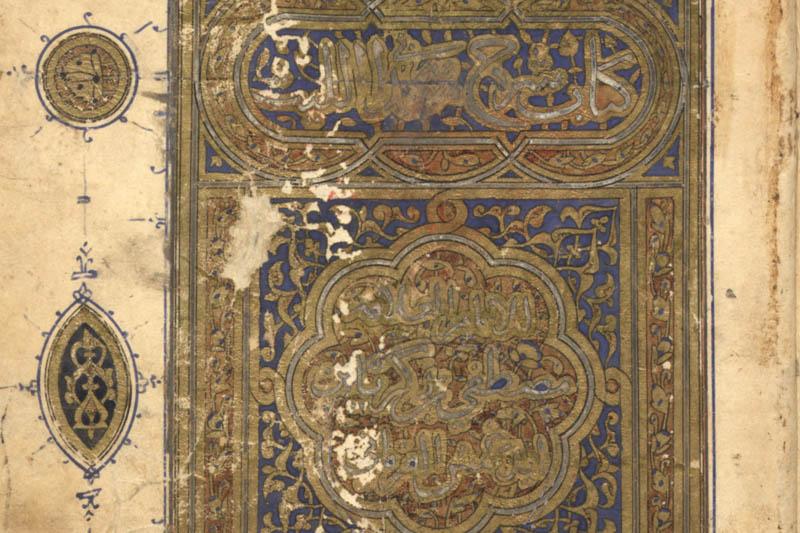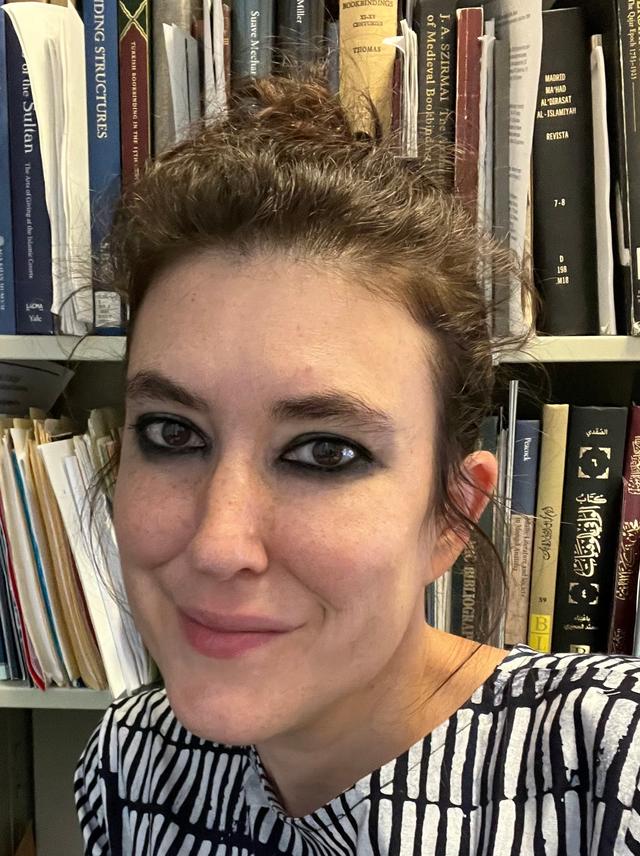Islamic Manuscripts
The Islamic Manuscripts Collection covers subjects including the Qur’an and its sciences, hadith, theology, jurisprudence (fiqh), Sufism, philosophy, mathematics, astronomy, rhetoric, grammar, poetry, history, geography, and medicine.
It consists of more than 1,100 volumes, plus a small number of fragments, dating from the 8th to the early 20th century and containing roughly 1,800 texts primarily in Arabic, Persian, and Ottoman Turkish. The collection ranks among the largest and most significant such collections in North America.
The collection includes a significant number of pieces by well-known Ottoman masters of calligraphy. Manuscript cultures of areas formerly under the Ottoman Empire are particularly well-represented in text, artistry, reading, and collecting more generally. Most of the manuscripts were produced and circulated in Islamicate areas of the Middle East and North Africa.
The HathiTrust Digital Library has almost all of the manuscripts available for viewing and download.
History of the collection
The collection was established with several bulk purchases in the 1920s and ‘30s beginning with the so-called Abdul Hamid and Tiflis manuscripts in 1924, the Yahuda manuscripts in 1926, and the Tracy W. McGregor manuscripts in 1933-34.
Collection and research guides
Online exhibits
- Rare Manuscripts in A Man of Many Parts: The Life and Legacy of Francis Willey Kelsey
- Pearls of Wisdom: The Arts of Islam at the University of Michigan
- Islamic Medicine: Transmission and Discovery In The Art and Science of Healing
- Handwritten Heritage: Arabic Texts in Manuscript
- Islamic Astronomy : Early Astronomy in the University of Michigan Collections
Materials in the collection
Related links

Contact

Librarian for Middle Eastern & North African Studies and Religious Studies; Curator, Islamic Manuscripts Collection